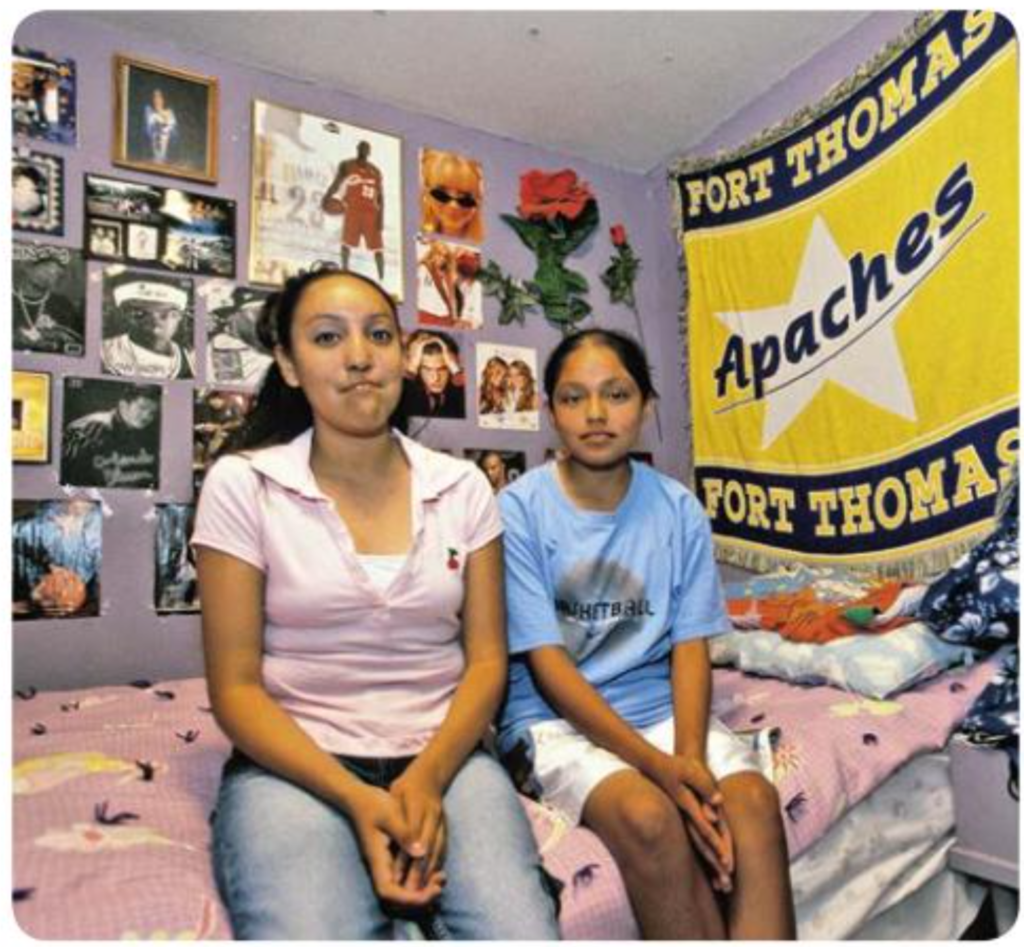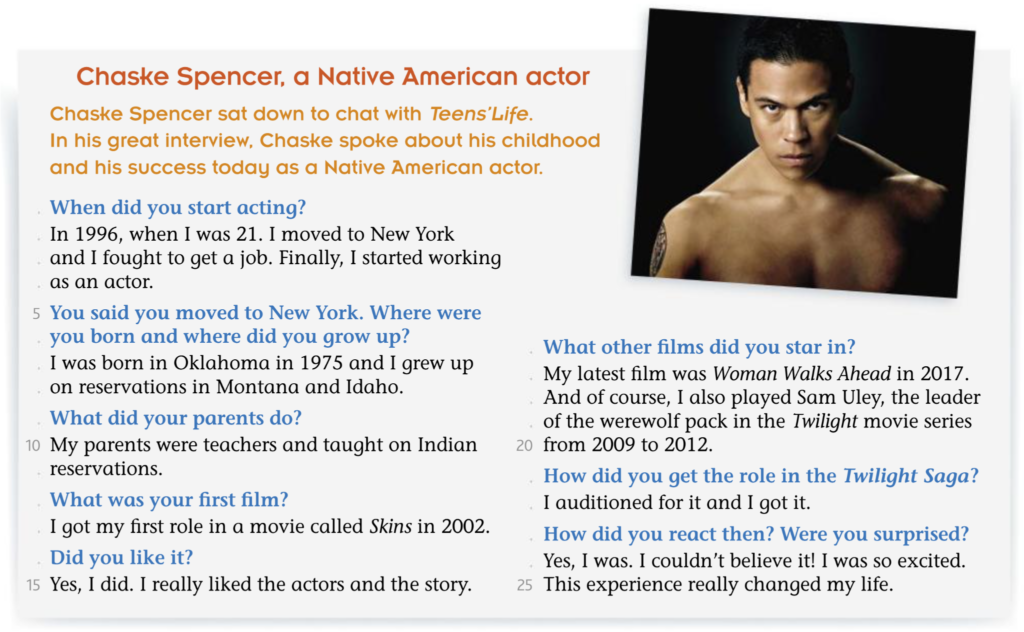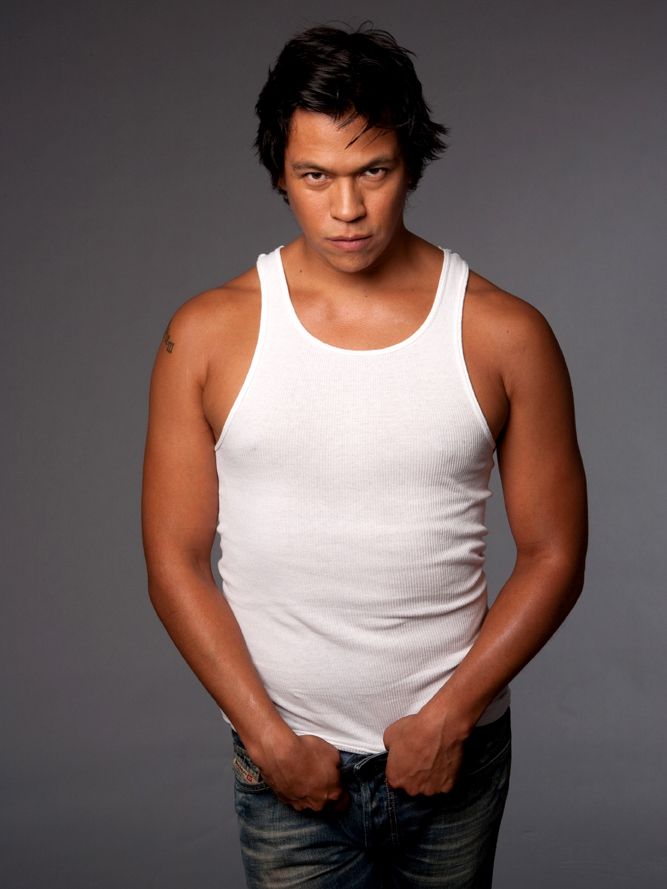Native Americans Today Today
Objectifs de communication
- Comprendre une courte biographie
- Échanger sur des personnes célèbres
Objectifs linguistiques
- Le prétérit : forme interrogative et réponses courtes
- Le peuple amérindien
- Les sons voyelles de verbes irréguliers
Resources
Contents
Meet the natives
- Vocabulaire : Les Amérindiens
- Culture : Qu’est-ce qu’une réserve indienne ?
- Décrire une image : Qui sont-ils ?
- Compréhension écrite : Une courte biographie
- Quiz sur les Amérindiens
- Compréhension orale : Les Amérindiens
Vocabulary Kit
Native Americans
- tribe = tribu
- reservation = réserve
- chief = chef (d’une tribu)
- Apache = Apache
- Sioux = Sioux
- Cherokee = Cherokee
- Navajo = Navajo
- warrior = guerrier / guerrière
- leader = chef / dirigeant(e)
- live on / live in = vivre sur / vivre dans
- outside = en dehors de
- history = histoire
- today = aujourd’hui
- federal = fédéral(e)
Qu’est-ce qu’une réserve indienne ?
Une réserve indienne est un territoire aux États-Unis réservé aux populations amérindiennes. Ces terres ont été créées par le gouvernement fédéral au XIXe siècle, souvent après que les tribus aient été forcées de quitter leurs territoires d’origine.
Aujourd’hui, les réserves permettent aux communautés autochtones de vivre selon leurs propres règles, de préserver leur culture, leur langue et leurs traditions. Cependant, les conditions de vie dans les réserves peuvent parfois être difficiles (chômage, accès limité aux soins…).
Il existe plus de 300 réserves aux États-Unis, mais tous les Amérindiens n’y vivent pas.
1. Guess who they are
Look at the photo. Who do you think the girls are? Where do you think they live?
Then, read the caption and check your hypotheses.
- Observe la chambre des deux filles. Que vois-tu sur les murs ?
- Où penses-tu qu’elles habitent ? Pourquoi ?
- Quel est le lien entre les deux filles, selon toi ?

An Apache girl sits together with her sister on the San Carlos Apache Indian Reservation.
Arizona, USA.
My name is Elsie. I’m 15 and I’m Navajo. My family lives in Arizona. There are five of us: my mom, my dad, my two brothers and me. We live on a reservation. That’s a special place for Native Americans. We don’t live in a tepee! We have a house like everybody else!
At school, we learn English, of course, but also Navajo. I like that. I’m proud of who I am. We also have a history class about our tribe. Did you know that the Navajo language helped the allies win World War II?
I love reading and I want to study literature. I want to become a writer, or maybe a journalist. We don’t have many Native American writers, so I want to be one!
2. Read and answer
Read the biography and answer the questions below.
- What’s her name?
- How old is she?
- What’s her nationality?
- Where does she live?
- Who does she live with?
- What does she learn at school?
- What does she want to be?
- Why?
- Her name is Elsie.
- She is 15 years old.
- She is Navajo.
- She lives in Arizona, on a reservation.
- She lives with her mom, dad, and two brothers.
- She learns English, Navajo, and the history of her tribe.
- She wants to be a writer or a journalist.
- Because there aren’t many Native American writers and she wants to be one.
3a. Native American Quiz
Read the questions and choose the correct answer: a, b, or c.
1. How many Native Americans live in the USA today? 2. Where do most Native Americans live today? 3. How many federal reservations were there in the USA in 2014? 4. How many Native American tribes were there in 2014? | 5. Which Native American tribes are very large? 6. Where is the Navajo reservation located? 7. Who was Crazy Horse? 8. What was the name of a famous Apache leader? |
3b. Listen and check
Listen to the audio and check your answers.
Script – Native Americans Today
Today, about 5 million Native Americans live in the USA. But most of them do not live on reservations. In 2014, there were more than 300 federal reservations in the US and more than 500 tribes. The Navajo, the Cherokee and the Sioux are very large tribes. The Navajos live on the Navajo reservation, located in Arizona, New Mexico and Utah. Crazy Horse and Geronimo are two famous Native American chiefs. Crazy Horse was a Sioux leader while Geronimo was an Apache leader.
3. Native American Quiz – Answers
- b) About 5 million
- b) Outside reservations
- b) More than 300
- b) More than 500
- a) The Sioux, the Cherokee and the Navajo tribes
- c) In Arizona, New Mexico and Utah
- c) A Sioux warrior
- b) Geronimo
Chaske Spencer
- Vocabulaire : La biographie de Chaske Spencer
- Compréhension écrite : Une interview
- Repérage dans un texte : Dates et événements
- Expression personnelle : Donner son opinion
- Expression écrite : Rédiger une courte biographie
Vocabulary Kit
Native American biography
- actor = acteur
- audition = audition (casting)
- werewolf = loup-garou
- reservation = réserve (indienne)
- film / movie = film
- Twilight Saga = saga Twilight
- grew up = a grandi
- interview = interview / entretien
- childhood = enfance
- success = succès
- changed my life = a changé ma vie
Take your copy of the text

1. Comprehension
a. What type of document is it? How do you know?
b. Who is “I” ?
c. Who is “you” ?
d. Find the following information in the text:
- Where Chaske Spencer was born:
- Where he grew up:
- When he was born:
- When he started acting:
- What his parents did:

a. It’s an interview – we can see questions and answers.
b. “I” refers to Chaske Spencer.
c. “You” also refers to Chaske Spencer.
d.
- He was born in Oklahoma.
- He grew up on reservations in Montana and Idaho.
- He was born in 1975.
- He started acting in 1996.
- His parents were teachers on Indian reservations.
2. Timeline
Copy and complete the table with information from the interview.
| Date | Place | Event |
|---|---|---|
| X | ||
| X | ||
| X |
e. Which event really changed his life?
2. Timeline – Answers
| Date | Place | Event |
|---|---|---|
| 1975 | Oklahoma | He was born |
| Childhood | Montana and Idaho | He grew up on Indian reservations |
| 1996 | New York | He started acting |
| 2002 | X | He got his first role in Skins |
| 2009–2012 | X | He played Sam Uley in the Twilight saga |
| 2017 | X | He starred in Woman Walks Ahead |
e. Getting the role in the Twilight saga changed his life.
Trucs et astuces
Dans une interview, « I » désigne la personne interviewée (celle qui répond aux questions), tandis que « you » désigne l’intervieweur ou la personne qui pose les questions.
Fais bien attention à ces pronoms pour comprendre qui fait quoi dans le texte !
3. Personal reaction
Do you think it was easy for Chaske Spencer to become an actor?
Use information from the text to justify your answer.
No, it wasn’t easy for him. He moved to New York and had to fight to get a job. He was surprised and very excited when he got the role in Twilight. It really changed his life.
4. Use the text
What happened in these years? Use the text to find out:
- 2002
- 2009–2012
- 2017
- 2002: He got his first role in a movie called Skins.
- 2009–2012: He played Sam Uley in the Twilight movie series.
- 2017: He starred in the movie Woman Walks Ahead.
5. Complete the biography
Complete the sentences using the information from the text.
Chaske Spencer was born in __________ in __________. He grew up on Indian reservations in __________ and __________. His parents were __________.
He moved to __________ and started acting in __________. In __________, he played in a film called Skins. From __________ to __________, he acted in the Twilight Saga. He also starred in Woman Walks Ahead in __________.
He says that getting the role in __________ changed his life.
Chaske Spencer was born in Oklahoma in 1975. He grew up on Indian reservations in Montana and Idaho. His parents were teachers.
He moved to New York and started acting in 1996. In 2002, he played in a film called Skins. From 2009 to 2012, he acted in the Twilight Saga. He also starred in Woman Walks Ahead in 2017.
He says that getting the role in Twilight changed his life.
Le prétérit (2)
- Grammaire : Le prétérit (forme interrogative et réponses courtes)
- Phonologie : Sons voyelles des verbes irréguliers (écoute du professeur)
- Compréhension orale : Réutilisation de questions au prétérit
- Compréhension écrite : Questions-réponses (type interview)
- Production écrite : Rédiger un article sur une célébrité
- Mini-task : Création d’un quiz culturel en groupe
1. Le prétérit en contexte
Lis le dialogue ci-dessous. Copie les phrases dans ton cahier. Dans chaque phrase, souligner le verbe en rouge, le sujet en bleu et l’auxiliaire en noir.
“Where did you grow up?” ➜ “In New York.”
“Did you like it?” ➜ “Yes, I did.”
“And did it change your life?” ➜ “No, it didn’t.”

Voici les éléments à souligner :
“Where did you grow up?” ➜ “In New York.”
“Did you like it?” ➜ “Yes, I did.”
“And did it change your life?” ➜ “No, it didn’t.”
Grammar Kit
- L’auxiliaire est au présent / prétérit.
- Le verbe est au prétérit / à la base verbale.
- Pour poser une question au prétérit, on utilise l’auxiliaire . . . . . . . .. L’ordre des mots est le suivant :
(mot interrogatif) + . . . . . . . . + sujet + . . . . . . . . . . . . . . . . . (+ complément) ? - Dans les réponses courtes, on reprend le . . . . . . . . . . . (sous forme de pronom personnel) suivi de l’auxiliaire . . . . . . . . . ..
- L’auxiliaire est au prétérit.
- Le verbe est à la base verbale.
- Pour poser une question au prétérit, on utilise l’auxiliaire did. L’ordre des mots est le suivant :
(mot interrogatif) + did + sujet + base verbale (+ complément) ? - Dans les réponses courtes, on reprend le sujet (sous forme de pronom personnel) suivi de l’auxiliaire did.
2. Écoute les verbes suivants au prétérit et classe-les
De nombreux verbes de la langue anglaise sont irréguliers et il faut apprendre par cœur le prétérit de ces verbes. Mais il faut aussi savoir les prononcer correctement et être capable de les reconnaître à l’oral.
Listen to the teacher pronounce the sounds. Then copy and complete the table by putting each verb into the correct column according to its vowel sound.
Verbs: spoke – grew up – had – fought – taught – saw – ate – gave – came – sang – took
| /ʊ/ | /ɔː/ | /eɪ/ | /əʊ/ | /uː/ | /æ/ |
|---|---|---|---|---|---|
| /ʊ/ | /ɔː/ | /eɪ/ | /əʊ/ | /uː/ | /æ/ |
|---|---|---|---|---|---|
| took | fought | ate | spoke | grew up | had |
| taught | gave | sang | |||
| saw | came | ||||
3. Guess the pronunciation
Add the following verbs to your table. Use the verbs already in the table above to help you guess how these verbs might be pronounced in the past tense.
- became
- broke
- bought
- froze
- knew
- made
- shook
- wrote
| /ʊ/ | /ɔː/ | /eɪ/ | /əʊ/ | /uː/ | /æ/ |
|---|---|---|---|---|---|
| took | fought | ate | spoke | grew up | had |
| shook | taught | gave | broke | knew | sang |
| saw | came | froze | |||
| bought | became | wrote | |||
| made |
Trucs et astuces
Pour bien prononcer les verbes irréguliers au prétérit, essaie d’identifier les sons des voyelles et de les associer à d’autres mots que tu connais. Les sons similaires s’écrivent souvent de manière similaire !
4. Your celebrity interview
Copy the questions below in your notebook and answer them about your favourite actor or actress (if you don’t know the information, invent it). Use the model of the Chaske Spencer interview to help you.
1. Where were you born?
2. And where did you grow up?
3. What did your parents do?
4. When did you start acting?
5. What was your first role?
6. Did you enjoy it?
7. Were you surprised at your success?
5. Writing time
À toi de jouer au journaliste ! Utilise les réponses de ta star préférée pour écrire un article dans le magazine de ton école.
Write the title of your article: ……………………………………………………………………….
- …………………… sat down with our star reporter. In his/her great interview, he/she spoke about his/her childhood and his/her success today.
- …………………… was born in ………………………………………………………….. .
- He/she grew up in ………………………………………………………….. .
- His/her parents were ………………………………………………………….. .
- ……………………………………………………………………….
The Inspiring Story of Zendaya
- Zendaya sat down with our star reporter. In her great interview, she spoke about her childhood and her success today.
- Zendaya was born in Oakland, California.
- She grew up in California.
- Her parents were teachers and very supportive of her career.
- She started acting at a young age and is now one of the most famous actresses in the world.